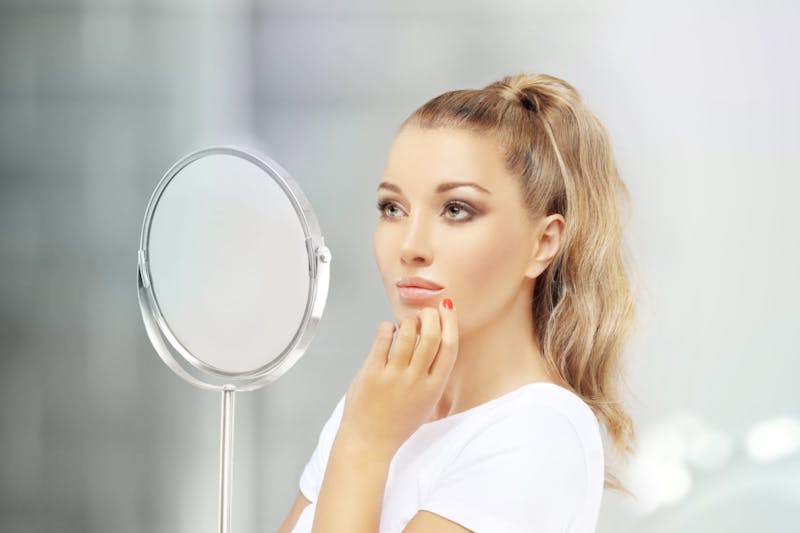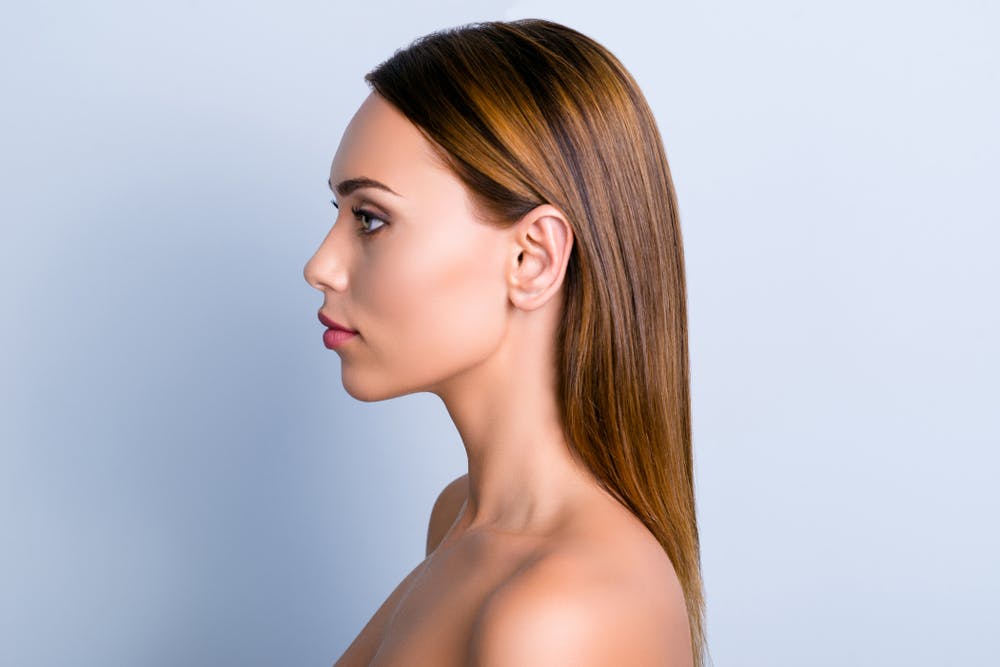
Are you considering a nose job but are unsure about the right age to get a rhinoplasty? Age plays a significant role in the success of any cosmetic surgery, especially rhinoplasty. This article delves into the ideal, average, and recommended age for rhinoplasty, along with various factors like emotional maturity, medical history, and recovery time that can influence your decision.
Why Does Age Matter in Rhinoplasty?
Age is not just a number when it comes to rhinoplasty surgery. The age at which you choose to undergo this procedure can significantly impact both the surgical technique used and the outcome.
Younger patients, particularly teenagers, often have different cosmetic concerns and facial features than adults. Understanding the age limit for rhinoplasty can help you make an informed decision.
When is it safe to get a rhinoplasty?
If the patient is experiencing breathing issues or has a structural problem like a deviated nasal septum, rhinoplasty can often be safely performed at a younger age. In such cases, the procedure is not just about aesthetics but also about improving the quality of life.
When it comes to cosmetic rhinoplasty, age plays a pivotal role in determining safety. Most board-certified expert rhinoplasty surgeons recommend waiting until the patient has reached facial maturity before proceeding with cosmetic alterations to the nose. For girls, facial growth is generally complete around the age of 16, while for boys, it’s usually around 18. Performing cosmetic rhinoplasty before reaching these age milestones can be risky, as ongoing facial growth can alter the surgical results, leading to asymmetry or other aesthetic issues.
The optimal age for nose surgery?
Emotional Maturity
The optimal age for rhinoplasty isn’t just about physical maturity; emotional maturity is equally important. Rhinoplasty has life-changing effects, and the patient must be emotionally prepared for the changes and the recovery process.
Medical History
A thorough consultation for rhinoplasty surgery will include a review of your medical history. Certain conditions, like cleft palate, may necessitate rhinoplasty at a younger age, while other health issues may require you to wait.
The Average Age of a Rhinoplasty Patient
The average age for rhinoplasty patients is between 25 and 40. This age range allows for a good balance between facial maturity and skin elasticity, which can result in a more ideal rhinoplasty outcome.
Female Rhinoplasty Patients
Interestingly, the average age for rhinoplasty tends to be younger for female rhinoplasty patients. This is often because women may feel societal pressure to meet certain aesthetic standards.
Male Rhinoplasty Patients
For men, the average age is slightly higher. Men often seek rhinoplasty for different reasons, such as correcting a broken nose or improving breathing issues.

Types of Rhinoplasty Procedures and Age Considerations
Open Rhinoplasty
Open rhinoplasty is often recommended for more complex cases, such as severe deformities or reconstructive needs. This procedure is generally more suitable for adult patients who have reached full facial maturity. The reason? Older patients usually have more complicated issues that require extensive access to nose structures that open rhinoplasty provides.
Closed Rhinoplasty
Closed rhinoplasty involves fewer incisions and offers a shorter recovery time. This technique is often ideal for younger patients, especially those in their late teens and early twenties. The reason is twofold: younger skin tends to heal more quickly, and the cosmetic concerns of younger patients are often less complex, making the closed method sufficient.
Age-Specific Benefits of Rhinoplasty
Rhinoplasty can offer a range of benefits, but these can vary depending on your age.
Cosmetic Benefits Across Ages
For younger patients, cosmetic rhinoplasty often focuses on achieving facial balance, which can be a significant confidence booster during formative years. For adults, the procedure can offer rejuvenation effects, subtly combating signs of aging like a drooping nasal tip.
Functional Benefits Across Ages
Younger patients may seek rhinoplasty to correct congenital issues like a cleft palate, which can have life-changing effects. Older patients often look for functional improvements, such as better breathing, which can significantly improve quality of life and even sleep quality.
Age-Related Risks and Recovery in Rhinoplasty
Recovery Time
Younger patients generally have a faster recovery time due to better cellular regeneration. Older patients may find that their recovery process takes a bit longer, and they may experience more swelling or bruising that takes time to subside.
Potential Risks
Younger patients, especially those who have not yet reached emotional maturity, may struggle with the psychological aspects of changing a prominent facial feature. Older patients, on the other hand, may face risks related to skin elasticity and slower healing, which should be discussed in detail with a board-certified expert rhinoplasty surgeon.
Is There an Age Limit for Nose Surgery?
While there’s no strict, universally accepted age limit for rhinoplasty, it’s essential to understand that age can influence various aspects of the procedure, from preparation to recovery. Older candidates for rhinoplasty may face additional challenges that aren’t typically concerns for younger patients. These challenges can include slower healing rates and reduced skin elasticity, which can affect both the surgical process and the final results.
Age and Healing: A Closer Look
As we age, our body’s natural healing capabilities tend to diminish. This slower healing process is a crucial factor to consider for older candidates contemplating rhinoplasty. Reduced healing rates can extend the recovery time and may slightly increase the risk of complications such as infection or poor scarring. Therefore, older patients should have a detailed discussion with their board-certified expert rhinoplasty surgeon about what to expect during the recovery process, including any additional precautions or treatments that may be advisable to facilitate healing.
Skin Elasticity and Its Role in Rhinoplasty Outcomes
Skin elasticity is another age-related factor that can significantly impact the results of a rhinoplasty procedure. Younger skin tends to be more elastic and can adapt more easily to the new nose structure, leading to more predictable and aesthetically pleasing outcomes. In contrast, reduced skin elasticity in older patients can affect how well the skin conforms to the new shape of the nose, potentially leading to less-than-ideal results. During the consultation process, your surgeon will assess your skin’s elasticity and discuss how it may influence both the surgical approach and the expected outcomes of your rhinoplasty.
Final Thoughts
Understanding the ideal, average, and recommended age for rhinoplasty can help you make an informed decision. Whether you’re a teenager or an adult, the right age for you will depend on various factors, including your emotional maturity, medical history, and the type of rhinoplasty procedure you’re considering. If you’re contemplating rhinoplasty, schedule an appointment with Dr. Panossian to discuss your options and determine the best course of action for you.


